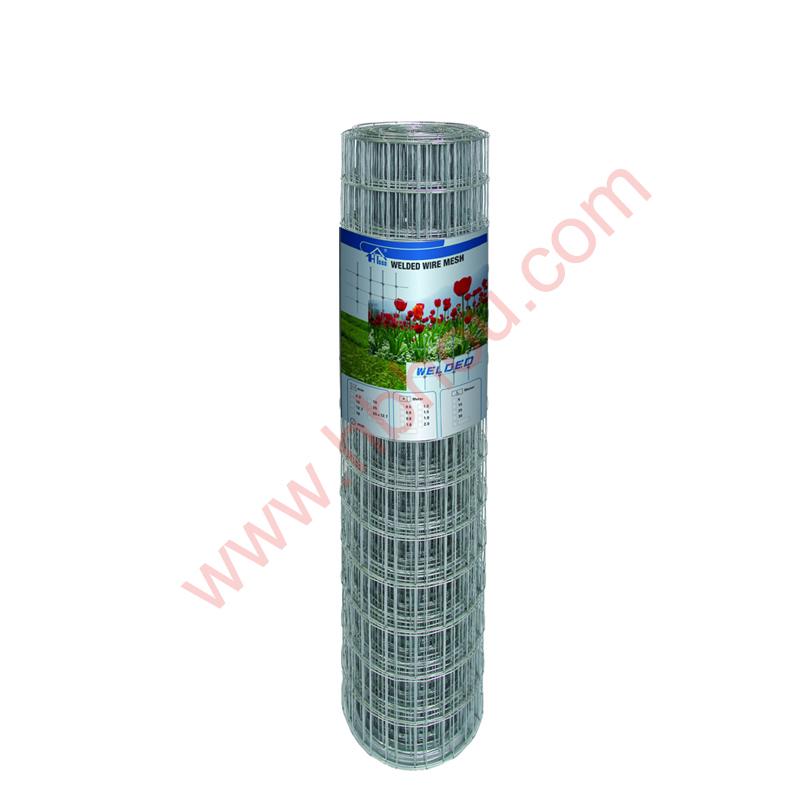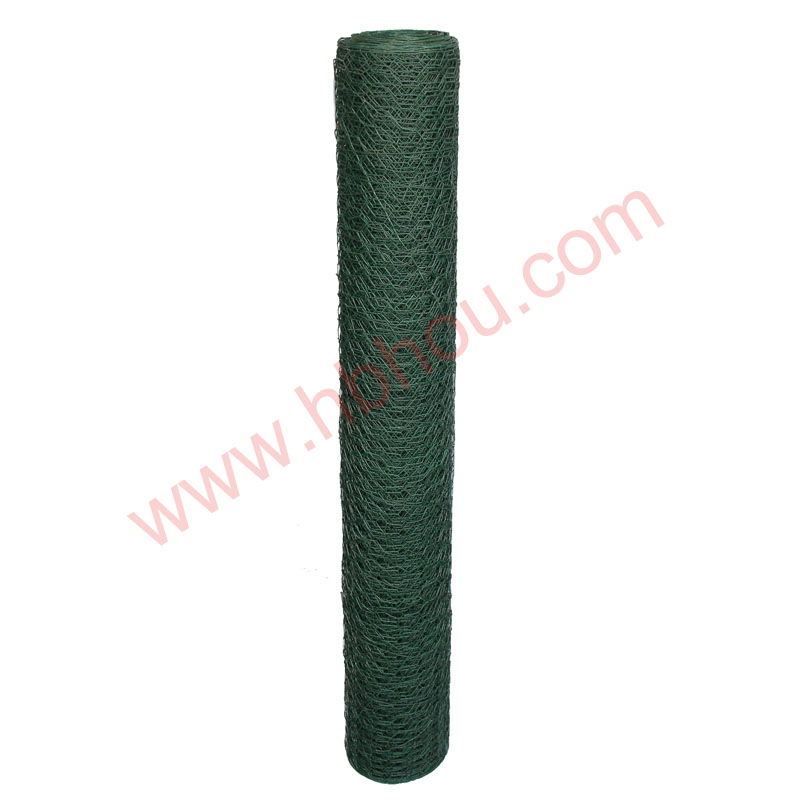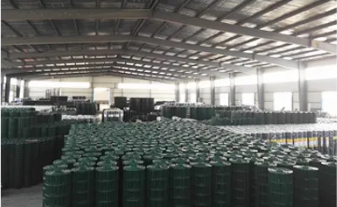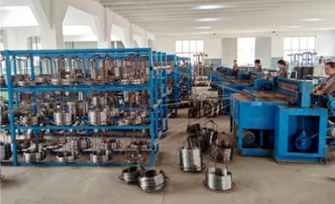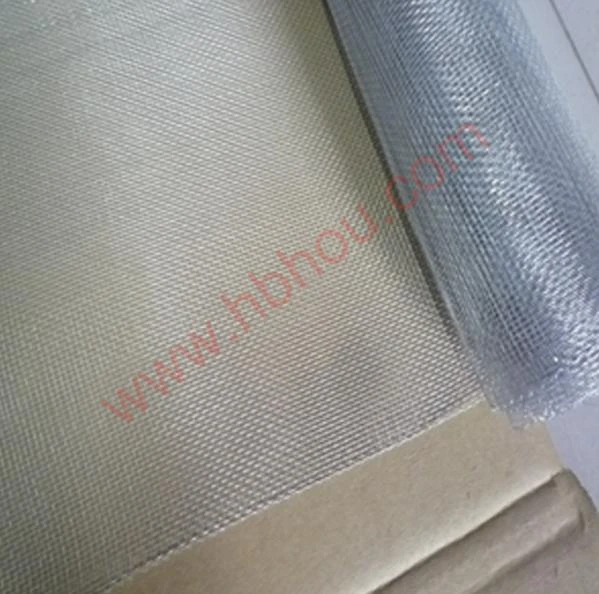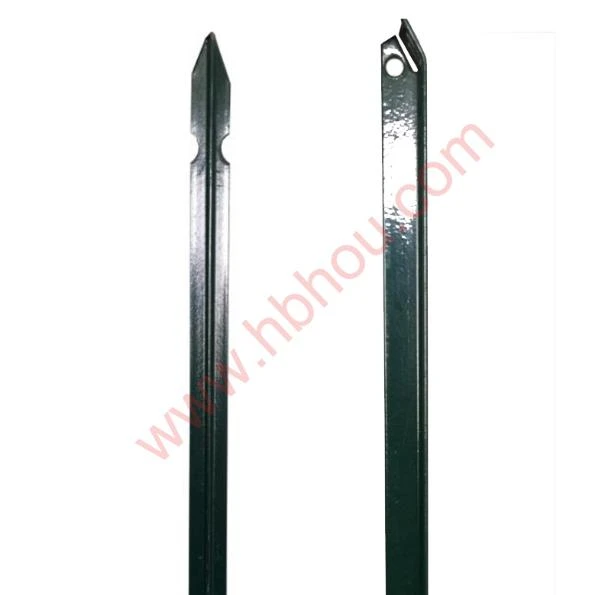The Importance of Binding Wire in Construction
In the construction industry, the importance of materials cannot be overstated. Among these materials, binding wire plays a crucial yet often overlooked role. Binding wire, typically a steel wire of varying thickness, is primarily used for tying rebars (reinforcing bars) together before concrete is poured. This seemingly simple material significantly contributes to the structural integrity and stability of a construction project.
Properties and Types of Binding Wire
Binding wire is made from high-quality steel, which grants it the necessary strength and flexibility. Commonly, the diameter of binding wire ranges from 0.8 mm to 2.5 mm, with the most frequently used being 1.2 mm to 1.5 mm. There are different types of binding wire, including mild steel wire, galvanized binding wire, and stainless steel wire, each serving specific purposes based on environmental conditions and project requirements. Mild steel is commonly used in general construction, while galvanized wire is preferred in areas prone to corrosion.
Role of Binding Wire in Construction
The primary function of binding wire is to secure reinforcement bars (rebars) into a fixed position. In reinforced concrete structures, rebars are essential for providing tensile strength, as concrete alone is strong in compression but weak in tension. Binding wire ensures that rebars maintain their spatial configuration, preventing them from moving during the concrete pouring process. This stability is vital for achieving the desired load-bearing capacity of the structure.
In addition to binding rebars, binding wire is also used in various other applications, such as tying mesh or fencing materials, constructing formwork ties, and even creating temporary structures on construction sites. The versatility of binding wire makes it an indispensable tool for contractors and builders.
Efficiency and Cost-Effectiveness
binding wire in construction

Using binding wire in construction is not just about strengthening structures; it also contributes to efficiency and cost-effectiveness. The use of binding wire allows workers to quickly and securely tie rebars together, saving valuable time during the construction process. Fast and efficient binding can lead to quicker project completion times, minimizing labor costs associated with prolonged construction durations.
Moreover, binding wire is relatively inexpensive compared to other construction materials. Its affordability, coupled with its important structural role, makes binding wire a cost-effective choice for contractors. This economic benefit is particularly significant in large-scale construction projects, where material costs can quickly escalate.
Environmental Considerations
In recent years, the construction industry has been focusing on sustainability. Binding wire, particularly when made from recycled materials, can contribute to green building practices. Using recycled steel for binding wire reduces the demand for new raw materials, thus conserving natural resources and minimizing the carbon footprint of construction projects.
Furthermore, as the industry evolves, innovative practices such as using biodegradable binding materials are being explored, showcasing a commitment to reducing environmental impact.
Conclusion
In summary, while binding wire may appear to be a minor component in the vast realm of construction, its significance is profound. It enhances the structural integrity of buildings, promotes efficiency and cost-effectiveness, and aligns with sustainability efforts. As the construction industry continues to progress, binding wire will undoubtedly remain a vital element in ensuring the safety, security, and longevity of constructed structures. Understanding and appreciating this humble yet essential material will help in making informed choices in construction practices and promote better outcomes in future projects.





